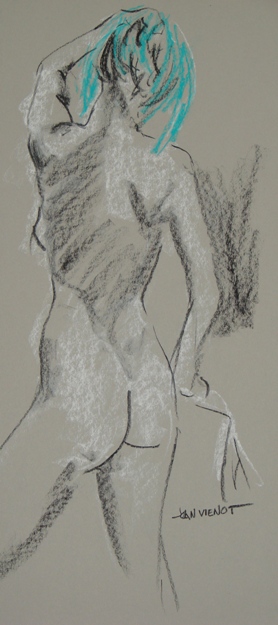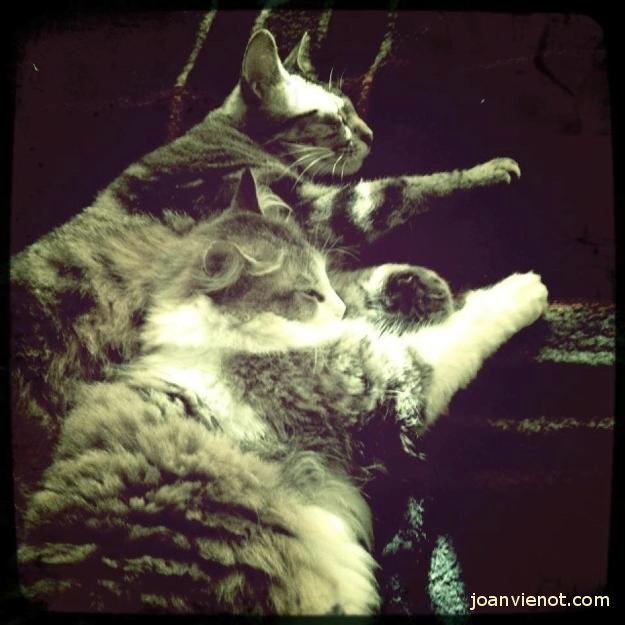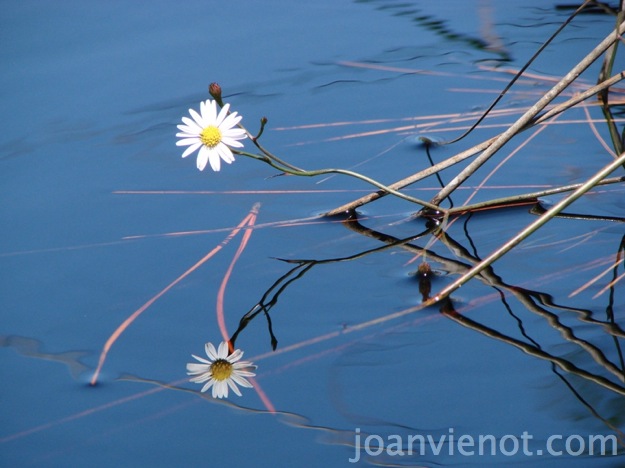
A local group focused on environmental and growth issues in the mostly rural community where I live, in Santa Rosa Beach, Florida, is called South Walton Community Council. Missioned especially with protection of our fabulously beautiful, pristine environment, relative to development and community growth issues, SWCC also puts on a Back-to-Nature Festival every fall. Last year for the first time, Hidden Lantern Gallery partnered with SWCC to produce a juried art show called Scenes of South Walton, comprised of art inspire by the local natural setting.

I decided to enter a few of my photographs this year, and I was pleased to receive notice that my work had been accepted. I usually shoot photography for fun, for Facebook, and because I love the process of capturing images. If you’ve been keeping up with my blog, you know that I also shoot for Leslie Kolovich of The Stand Up Paddle Radio Show, but working for her is so much fun I hardly call it work.
Being a visual artist, of course, line, shape, size, position, color, texture, and density, all of the elements of composition, and repetition, harmony, and unity, the principles of composition, factor into my artistic evaluation of any of my photographs. Ultimately, though, my chief interest in my own photography, is the play of light over the forms. I rarely do much with post-processing, primarily enjoying the act of shooting the photo much more than the infinite tweaking that can happen after the image is on the computer.

To my pleasant surprise, one of my pieces was selected for Honorable Mention. There were works by 12 other artists and photographers, all of whom I consider my superiors in craftsmanship, experience, and sheer expression. But my pieces do have impact, and the piece I submitted that received the Honorable Mention, “Aster Reflected“, also has enough of an abstract element to be just a little confusing. It is a photo of an aster hanging out over the creek, and perfectly reflected in the creek. Actually, the reflection is a more distinct image of the flower than the actual flower, which is over-exposed. The confusion comes from there being such a perfect reflection of the aster, stems, and leaves, in contrast to some pine straw and debris that is just floating on the surface without any reflection. When you look at it, you have to stop to figure out why there isn’t a double image of everything, how there could be just a single image, unreflected, mixed in with all the double imagery of the reflections.

The juror, KC Williams, didn’t mention the composition when she talked about my photograph, but instead discussed how it clearly represented an image that could be found in South Walton. She actually talked quite a bit about each piece she that she had chosen, and also about the superb craftsmanship and artistic expression of all of the works in the show, but when mine was announced, I was smiling too wide to be able to listen.
Most of my images are available for purchase. Contact me if you are interested. — Joan Vienot
Juror KC Williams is Director of the Galleries at Northwest Florida State College in Niceville, and she along with the Director of the South Walton Center of NWFSC, Julie Terrell, facilitate the exhibition of Cultural Arts Alliance members works through the A+Art Committee, on which I serve as co-chairman.

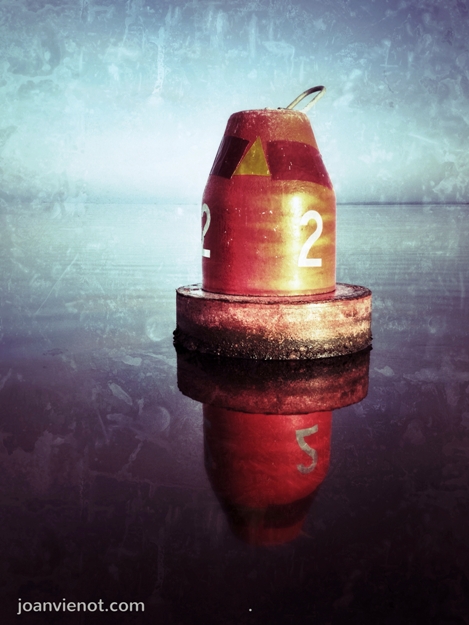


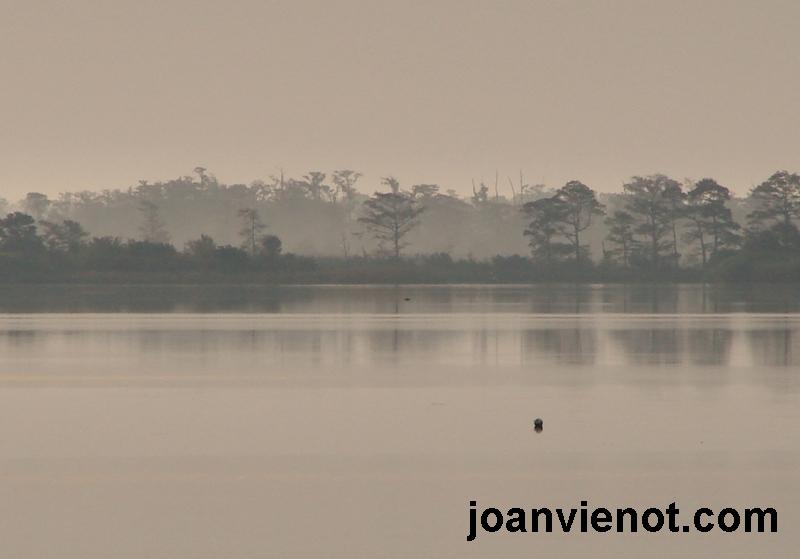















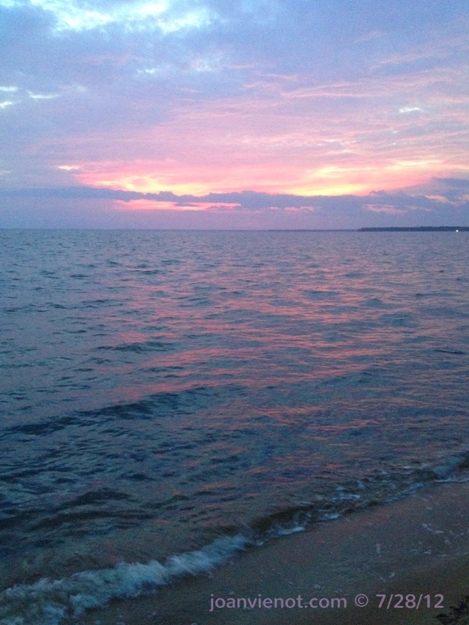
 I know I really need to watermark my photography and art that I am posting on the internet, even including work posted here on my blog. I was reminded of that last week when graphic artist and printer Alison Bailey, of
I know I really need to watermark my photography and art that I am posting on the internet, even including work posted here on my blog. I was reminded of that last week when graphic artist and printer Alison Bailey, of 

